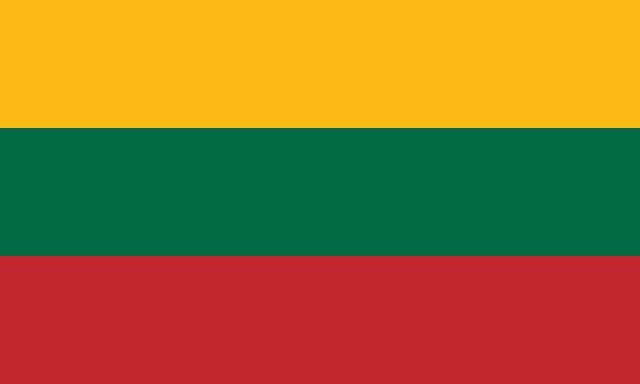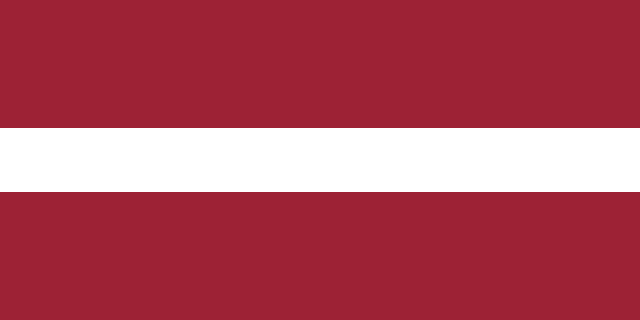Country Information
| Sovereign State | Yes |
| Country Codes | LV, LVA |
| Official Name | Republic of Latvia |
| Continent | Europe |
| Capital | Riga |
| Government Type | Parliamentary republic |
| Currency | Euro (EUR) |
| Calling Code | +371 |
| Member Of | United Nations, European Union, NATO |
| Population | Approximately 1.9 million (as of 2023) |
| Total Area | Approximately 64,589 square kilometers |
| Highest Point | Gaiziņkalns (312 meters or 1,024 feet) |
| Lowest Point | Baltic Sea (0 meters) |
| GDP Per Capita | Estimated at around $18,000 USD (as of 2023) |
| Life Expectancy | Estimated at around 75 years (as of 2023) |
| Internet TLD | .lv |
Latvian National Anthem
Dievs, svētī Latviju (God Bless Latvia)
God bless Latvia,
Our beloved fatherland.
Bless Latvia,
Oh bless it, we beseech thee!
Where Latvian daughters bloom,
Where Latvian sons sing,
Let us dance happily there,
In our Latvia!
Flags of Neighboring Countries




History of the Latvian Flag
The flag of Latvia is one of the oldest in the world, with its origins tracing back to the early 13th century. The distinctive crimson and white design is believed to be based on a legend, where a wounded Latvian chief was wrapped in a white sheet. The areas of the sheet where his blood did not touch became the white stripes of the flag.
Officially adopted on November 18, 1918, following Latvia’s independence from Russia, the flag was banned during Soviet occupation after World War II. However, it remained a symbol of national pride and was re-adopted after Latvia regained independence in 1990.
The deep crimson color, often referred to as Latvian red, is symbolic of the readiness for the Latvian people to give their blood for freedom and their commitment to independence. The white color represents truth and justice, as well as a longing for peace.
The flag’s design is unique due to its specific shade of red and its size ratio of 2:1:2 for the stripes. Throughout its history, the Latvian flag has stood as a potent symbol of national identity, resistance, and resilience against foreign domination. It is a testament to the nation’s struggle for sovereignty and its enduring spirit.

